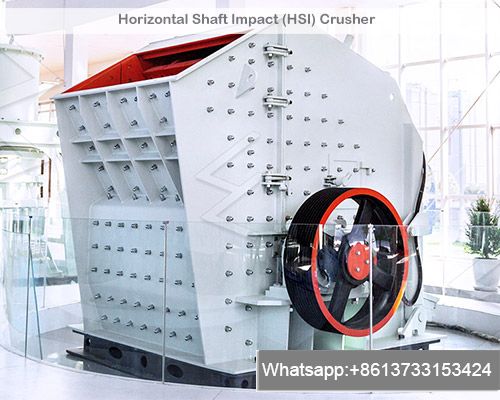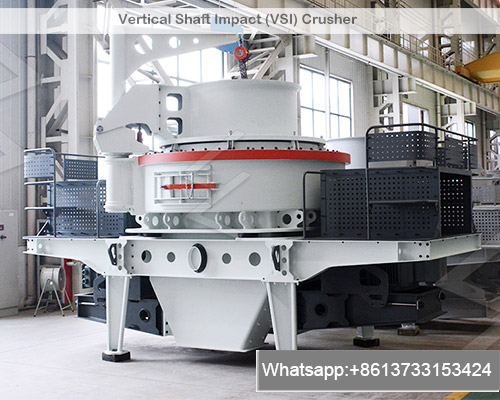Different Types of Impact Crusher
Impact crusher is a type of rock crusher that utilizes high-speed impacts to break down material into smaller pieces. They is commonly used in the mining, quarrying, and construction industries to reduce the size of rocks, ores, and other hard materials. Impact crusher is typically employed in secondary or tertiary crushing stages, following primary crushing by jaw or gyratory crusher.
Impact crusher is characterized by their ability to produce a more cubical product compisd to other types of crusher, which tend to produce more irregular-shaped particles. This cubical shape is advantageous in various applications, such as road construction, as it improves the packing density of the material, leading to a stronger and more durable final product.
Types of Impact crusher
Impact crusher can be broadly classified into two main categories based on the orientation of the rotor shaft:
- 1Horizontal Shaft Impact (HSI) crusher:
HSI crusher feature a horizontal rotor shaft equipped with blow bars or hammers that rotate at high speeds. Material is fed into the crushing chamber and is struck by the rotating blow bars, causing it to break apart. HSI crusher is well-suited for processing a wide range of materials, including hard rocks, ores, and construction debris. They is particularly effective in producing high volumes of cubical-shaped aggregates.

- 2Vertical Shaft Impact (VSI) crusher:
VSI crusher employ a vertical rotor shaft with attached impellers or hammers that spin rapidly. Material is fed into the crushing chamber and is propelled upwards by the rotating impellers, striking against an anvil plate or wear ring before being discharged. VSI crusher is particularly efficient in producing fine-grained material and is commonly used in applications such as sand production and mineral processing.

Factors to Consider When Choosing an Impact Crusher
The selection of an appropriate impact crusher depends on several factors, including:
- Material type and feed size: The type of material being processed and its initial size significantly impact the choice of crusher. HSI crusher is generally more suitable for handling hard rocks and larger feed sizes, while VSI crusher excel in processing softer materials and producing finer products.
- Desired product size: The desired product size dictates the crushing stage and the specific crusher model. HSI crusher can produce a wider range of product sizes, while VSI crusher is typically used for finer product applications.
- Capacity requirements: The required production capacity influences the size and type of crusher needed. Larger crusher with higher rotational speeds can handle greater volumes of material.
- Application and installation constraints: The physical space available and the desired installation method (stationary or portable) also play a role in crusher selection.
Impact crusher offer a versatile and efficient solution for reducing the size of rocks, ores, and other hard materials. Their ability to produce cubical-shaped products makes them valuable in various industries, including mining, quarrying, construction, and recycling. The choice of an impact crusher depends on the specific application, material type, desired product size, and capacity requirements. By cisfully considering these factors, users can select the most suitable impact crusher for their needs.








